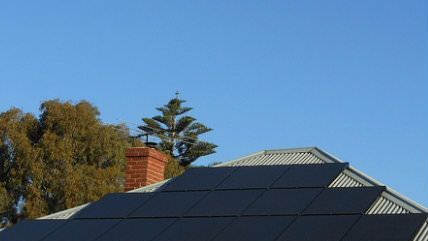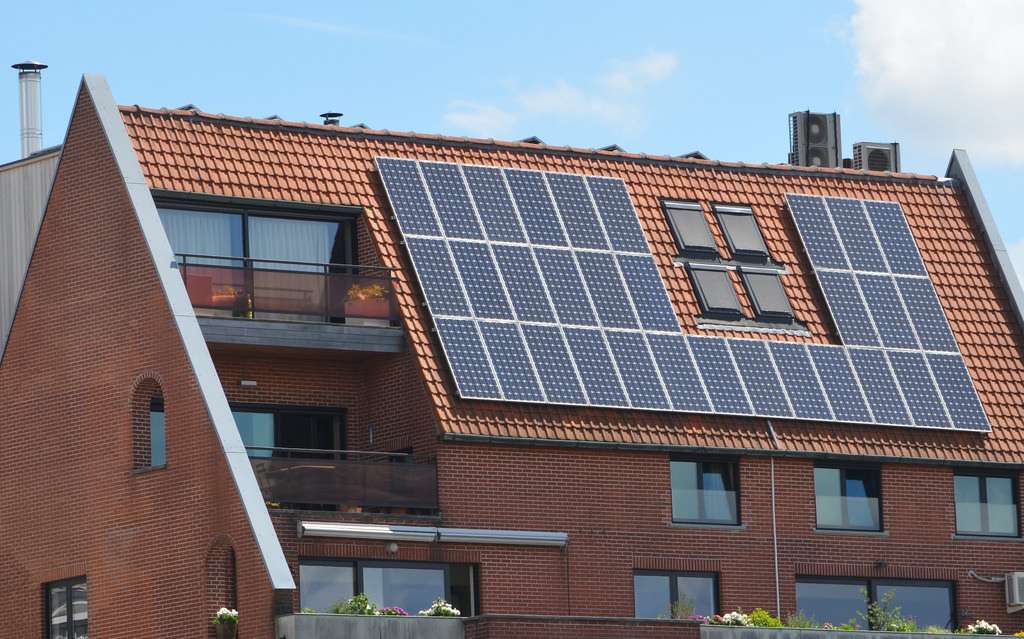How State Solar Policies Hurt America's Poor
Government-sponsored sweetheart deals for the solar industry are increasing energy costs for low-income Americans.


State renewable-energy policies, such as those encouraging solar use, are creating a kind of "energy inequality", one that benefits wealthier Americans at the expense of the poor. While solar power itself may be a good thing, government-sponsored sweetheart deals for the solar industry—like "net-metering," for example—are increasing energy costs for low-income households across America.
In seeking to encourage solar usage, 44 states have enacted net-metering policies, which allow customers with solar panels to sell the power they generate back to their electric utility providers. The hope is that net-metering will encourage more customers to use solar panels to reduce their overall utility costs.
It sounds simple—but there is more to these innocuously-named mandates than meets the eye. Those most likely to benefit from net-metering are high-income homeowners able to afford expensive solar panels. Meanwhile, low-income Americans are absorbing the costs.
That's because net-metering also forces electric utilities to buy power from these lucky solar-customers at the full retail rate, as opposed to the wholesale price. By selling their power back to utilities at the full retail rate, solar-customers are collecting a premium price even though they are not assuming any of the overhead costs reflected in that rate. As a result, these overhead costs are "shifted" onto non-solar customers, who effectively subsidize utility-company payments to solar users.
In California, this cost-shifting has become so widespread that non-solar customers will pay an extra $1.1 billion in shifted costs annually by 2020.
The California Public Utilities Commission (CPUC) recently released a report on the cost-effectiveness of the state's net-metering policy. The report found that not only was there a large income disparity in terms of who benefits but also that net-metering payments were depriving low-income energy assistance programs of millions of dollars in annual funding.
How? The two primary utilities for California, Washington, Oregon, and Utah are Portland General Electric (PGE) and PacifiCorp (PPL). Every customer of PGE and PPL pays a 3 percent charge on their energy bills, referred to as a "Public Purpose Charge," to help fund low-energy assistance programs. Under net-metering, however, solar-customers are exempt from paying that 3 percent charge. CPUC found solar-customers avoided $33 million in public purpose charges in 2012. Those avoided costs are projected to rise to approximately $147 million annually by 2020.
The report also found that 78 percent of solar-customers had higher incomes than the median California household. Specifically, the average household income of solar-customers was $91,210, compared to the a median income of $54,283 for non-solar customers. A similar report this month on Nevada's net-metering policy found 73 percent of solar-customers there have higher median incomes than the statewide average.
Figures like these exemplify how net-metering policy fosters inequality in the way Americans receive and pay for energy. On average, low-income households spend an estimated 37 percent of their income on household energy bills, a burden that grows when coupled with increasing rates due to cost-shifting. By fostering a system whereby a large portion of low-income Americans are forced to pay more to subsidize the energy use of high-income individuals, regressive net-metering policies are contributing to a widening of America's income gap and a cloudy future for U.S. energy policy.


Show Comments (122)